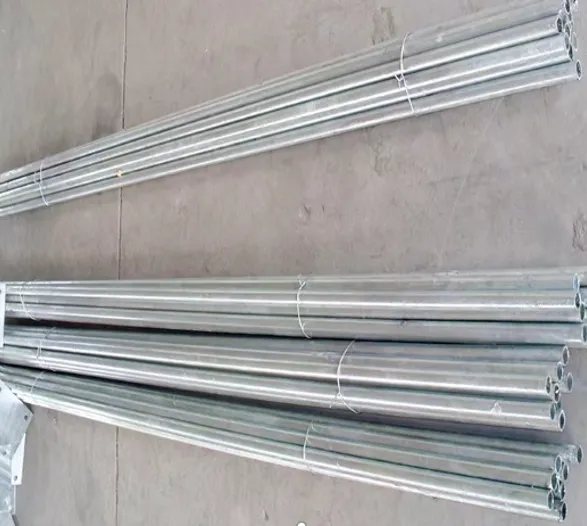loading...
- No. 9, Xingyuan South Street, Dongwaihuan Road, Zaoqiang County, Hengshui, Hebei, China
- admin@zjcomposites.com
- +86 15097380338
- Welcome to visit our website!
Understanding Reverse Osmosis Membrane Housing for Efficient Water Purification Solutions
Understanding Reverse Osmosis Membrane Housing
Reverse osmosis (RO) technology has revolutionized the way we purify water, making it a critical component in residential, commercial, and industrial settings. At the heart of this technology lies the reverse osmosis membrane and its protective casing, commonly referred to as the membrane housing. Understanding the role and importance of membrane housing is essential for anyone interested in water purification systems.
What is Reverse Osmosis?
Reverse osmosis is a water treatment process that uses a semipermeable membrane to remove ions, molecules, and larger particles from drinking water. The process involves applying pressure to water on one side of the membrane, forcing it through to the other side while leaving contaminants behind. The effectiveness of this process largely depends on the quality and integrity of the membrane and its housing.
Role of Membrane Housing
The reverse osmosis membrane housing serves several key functions. First and foremost, it provides structural support for the membrane. The membrane is delicate and can be easily damaged if not housed properly. The housing typically consists of durable materials such as polypropylene, fiberglass, or stainless steel, ensuring that it can withstand high pressure while preventing any external contaminants from entering the system.
In addition to protection, the membrane housing aids in maintaining an optimal flow rate of water. It is designed to minimize dead space and ensure that water flows evenly across the surface of the membrane. This not only enhances the efficiency of the purification process but also maximizes the lifespan of the membrane by reducing fouling and scaling—common issues that can compromise membrane performance.
reverse osmosis membrane housing

Types of Membrane Housing
Membrane housings come in various sizes and configurations, tailored for different applications. Standard sizes include 4-inch and 8-inch housings, with lengths varying according to the design and requirements of the system. For instance, residential systems typically utilize smaller, compact housings, while larger industrial systems may require extensive multi-stage housings to achieve high-volume water purification.
Furthermore, membrane housings can be categorized based on their configuration—single or multi-element designs. Single-element housings feature one membrane, while multi-element housings can accommodate multiple membranes, increasing the system's capacity and efficiency. Choosing the right type of housing is crucial, as it directly impacts the overall effectiveness of the RO system.
Maintenance and Care
To ensure optimal performance, regular maintenance of the membrane housing is essential. This includes routine inspections for any signs of wear or damage, as well as periodic cleaning to remove any buildup of contaminants. Over time, membranes can become clogged or fouled, leading to decreased efficiency. Replacement of the membrane, as well as the housing if necessary, is part of a comprehensive maintenance plan.
Conclusion
The reverse osmosis membrane housing is a vital component of water purification systems, playing a crucial role in protecting the membrane and ensuring efficient operation. As the demand for clean water continues to rise globally, understanding the technology behind RO systems and their components becomes increasingly important. By investing in quality membrane housing and adhering to a regular maintenance schedule, users can ensure the longevity and performance of their reverse osmosis systems, making access to pure water a reliable reality.
-
The Rise of FRP Profiles: Strong, Lightweight, and Built to LastNewsJul.14,2025
-
SMC Panel Tanks: A Modern Water Storage Solution for All EnvironmentsNewsJul.14,2025
-
GRP Grating: A Modern Solution for Safe and Durable Access SystemsNewsJul.14,2025
-
Galvanized Steel Water Tanks: Durable, Reliable, and Ready for UseNewsJul.14,2025
-
FRP Mini Mesh Grating: The Safer, Smarter Flooring SolutionNewsJul.14,2025
-
Exploring FRP Vessels: Durable Solutions for Modern Fluid HandlingNewsJul.14,2025
-
GRP Structures: The Future of Lightweight, High-Performance EngineeringNewsJun.20,2025
